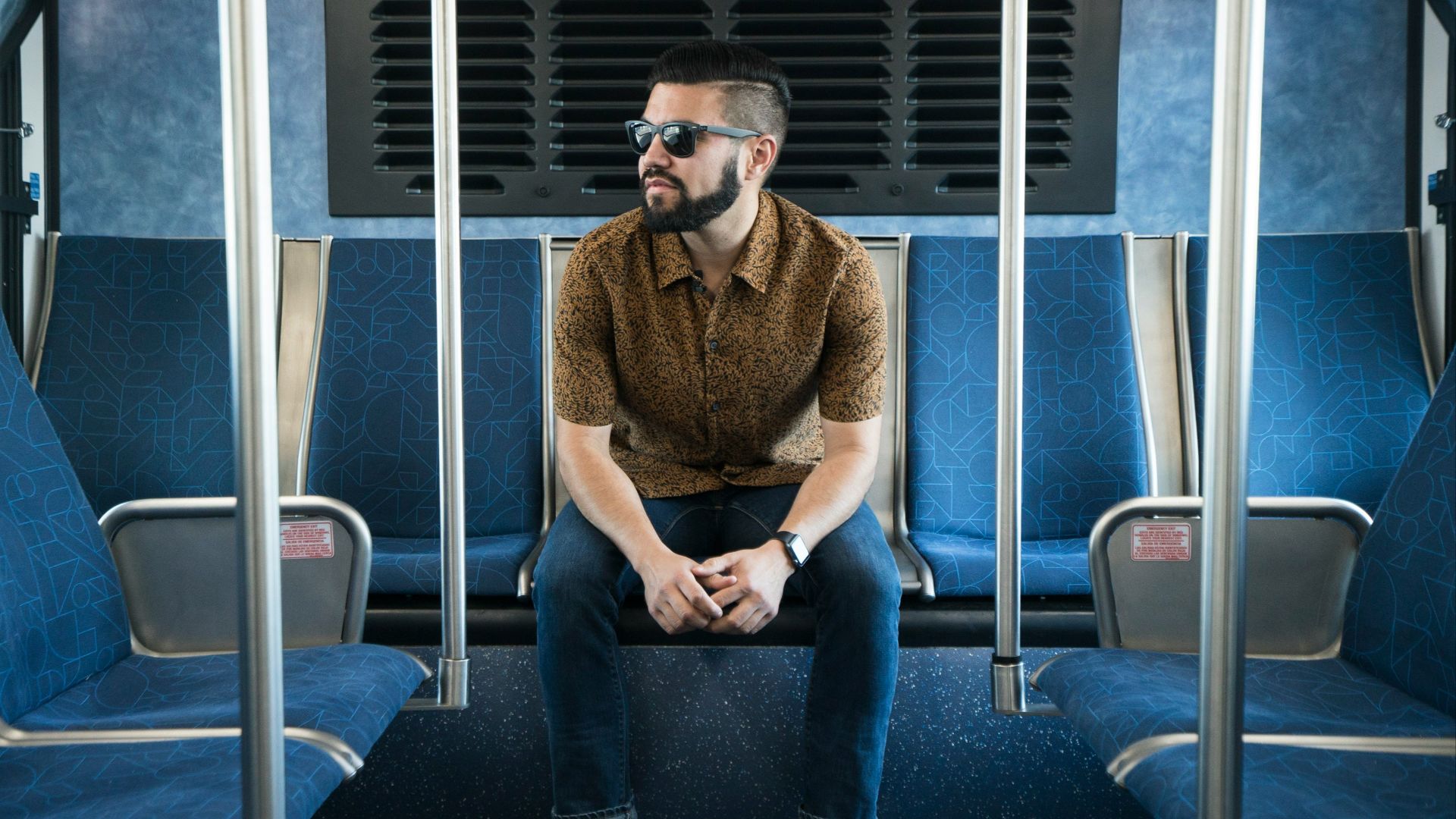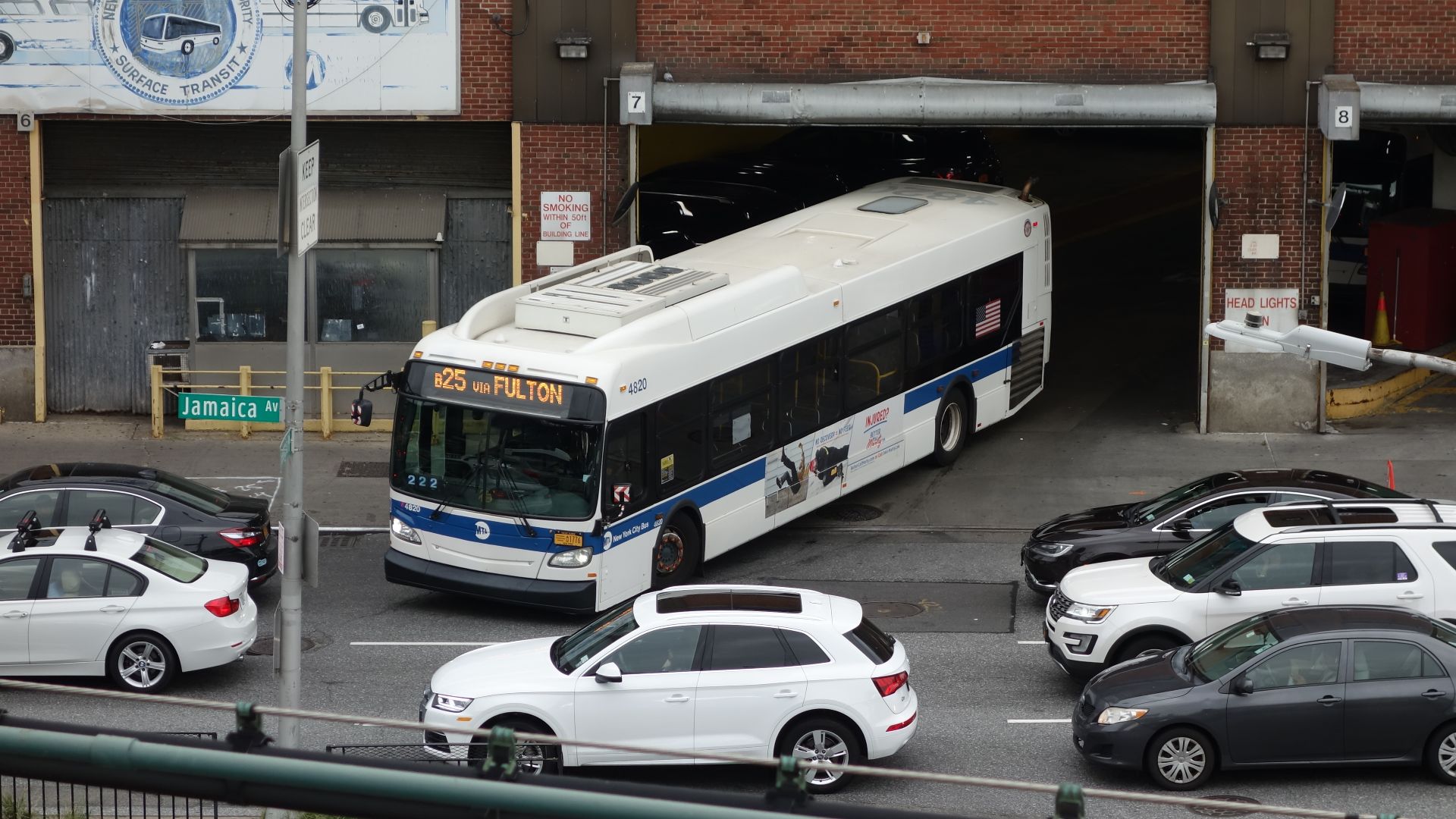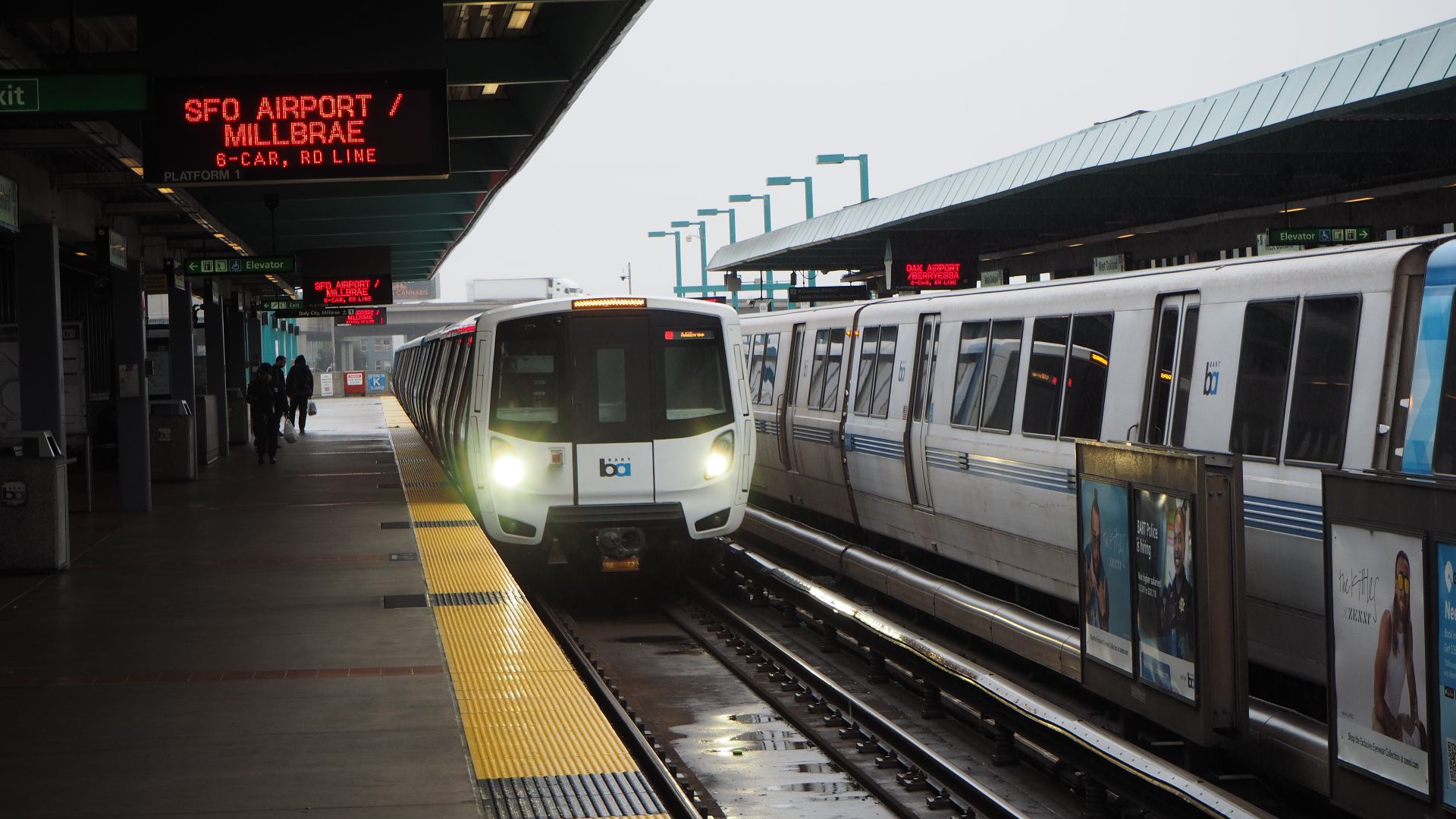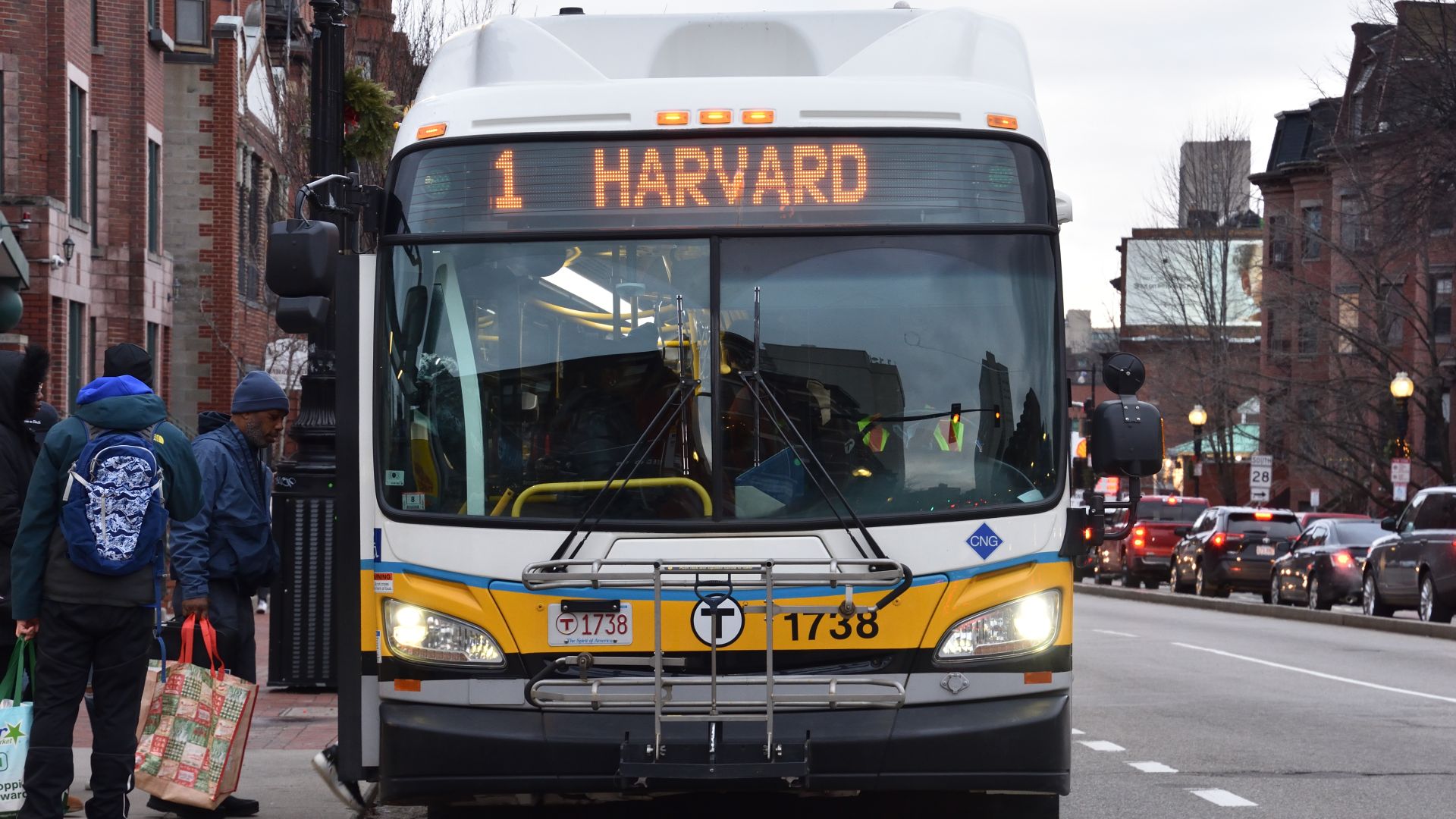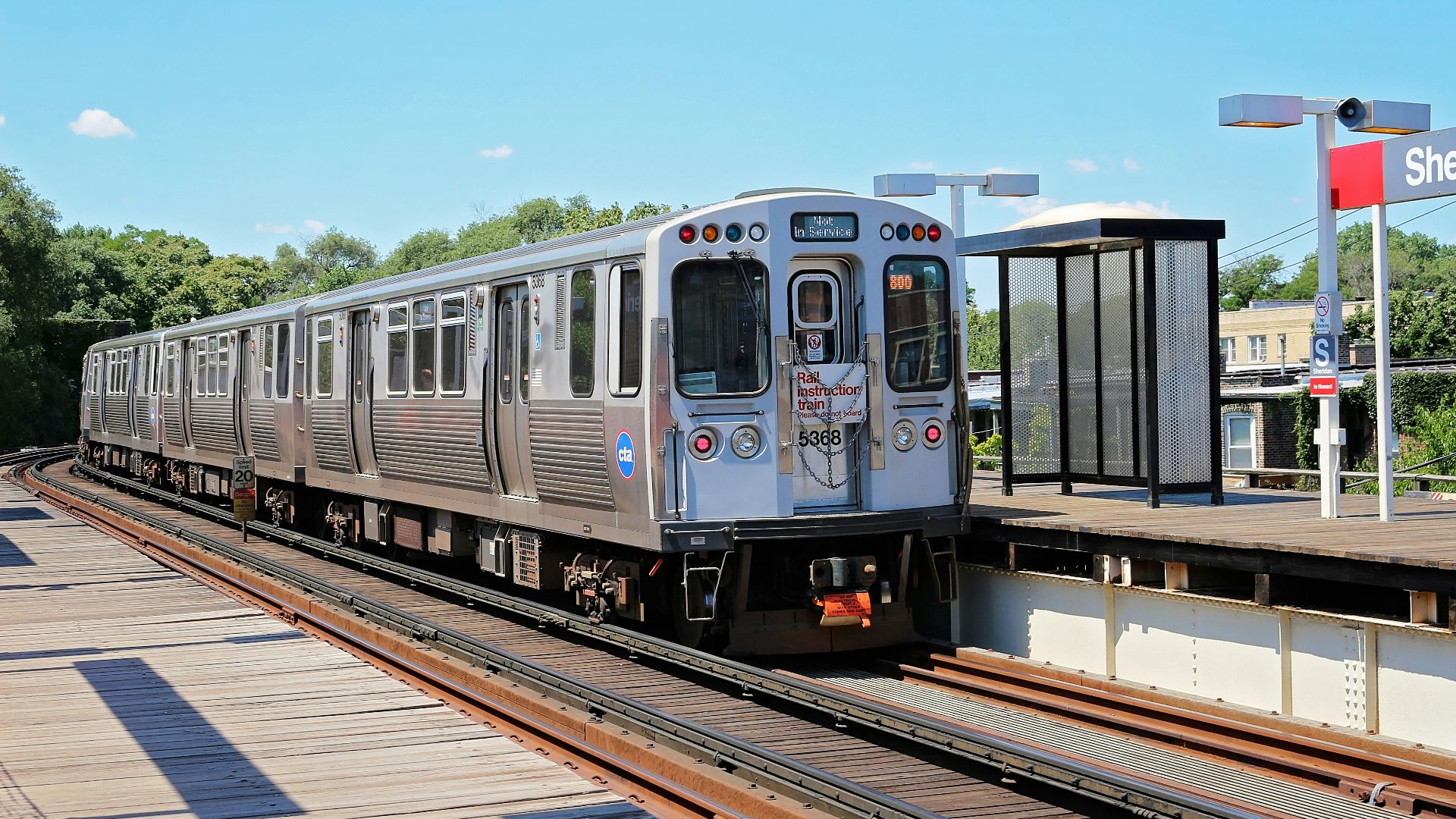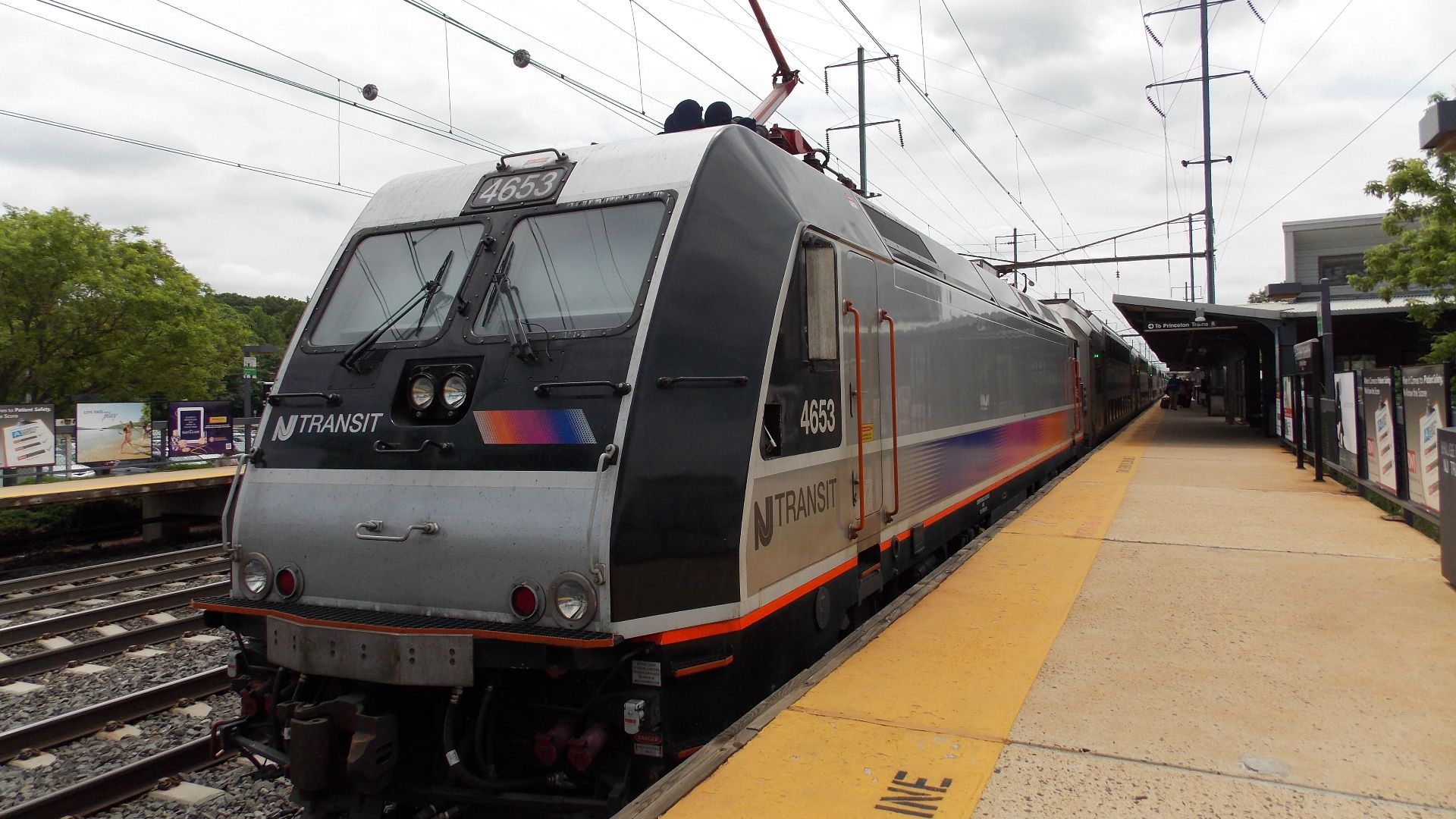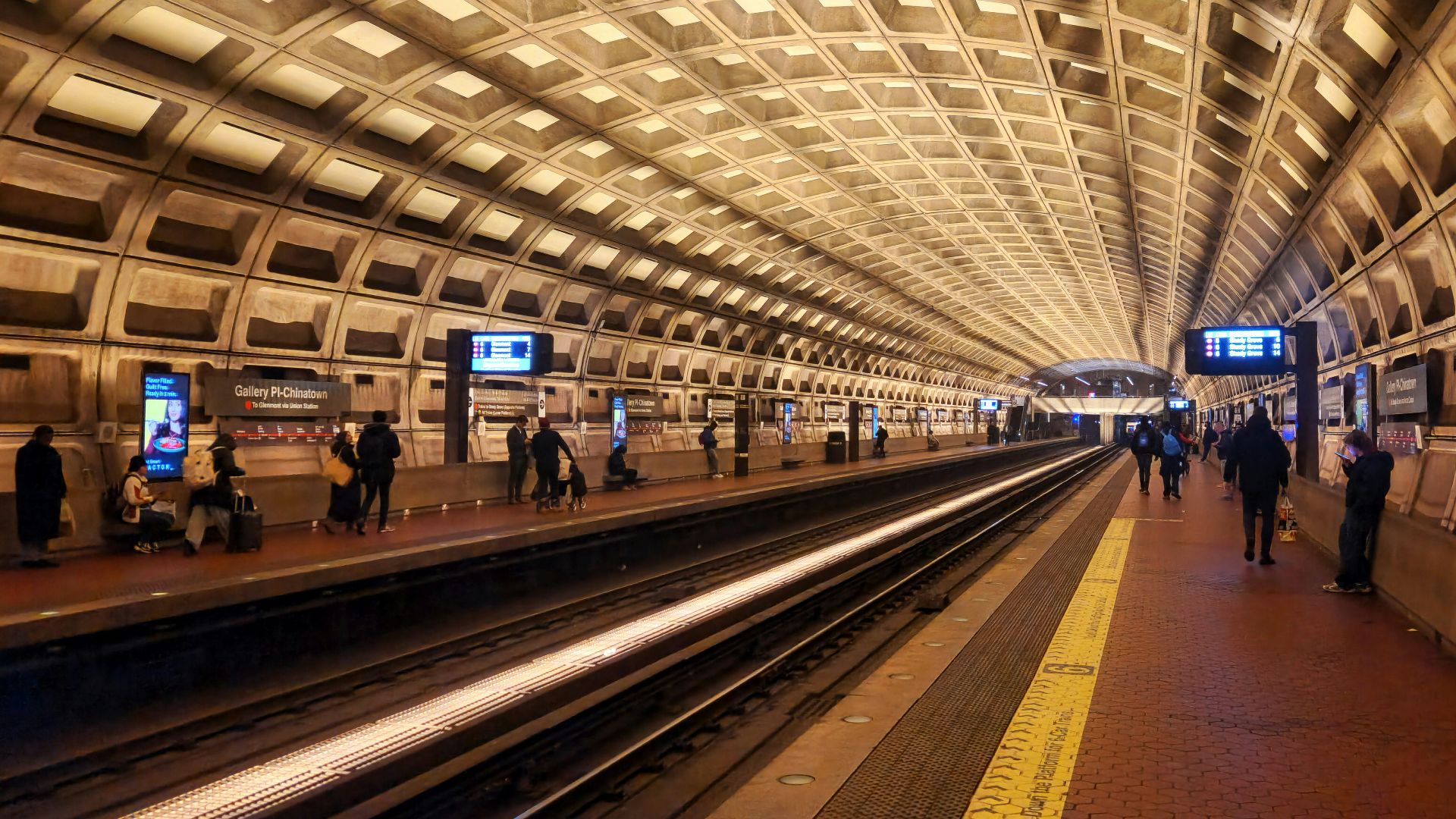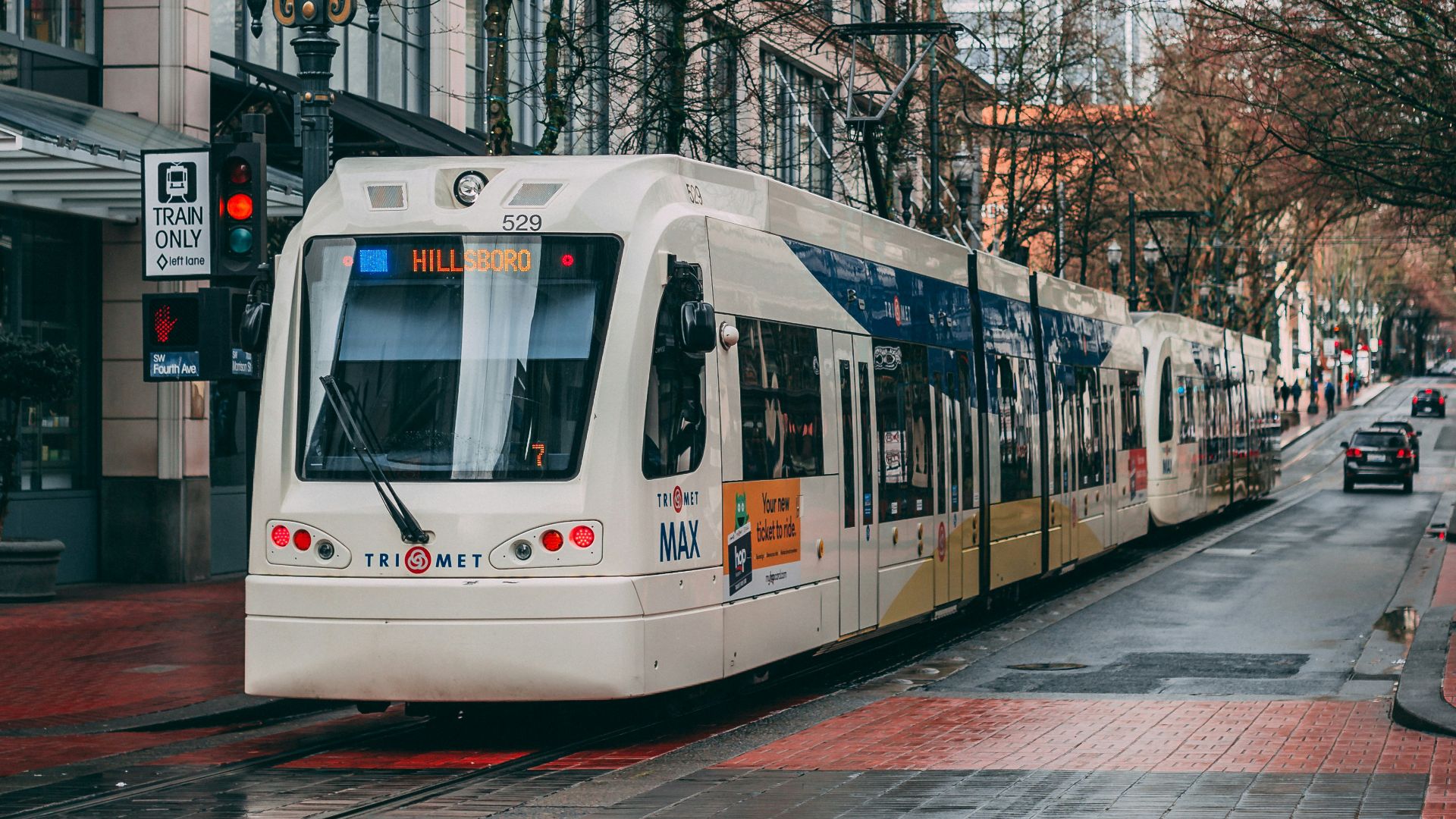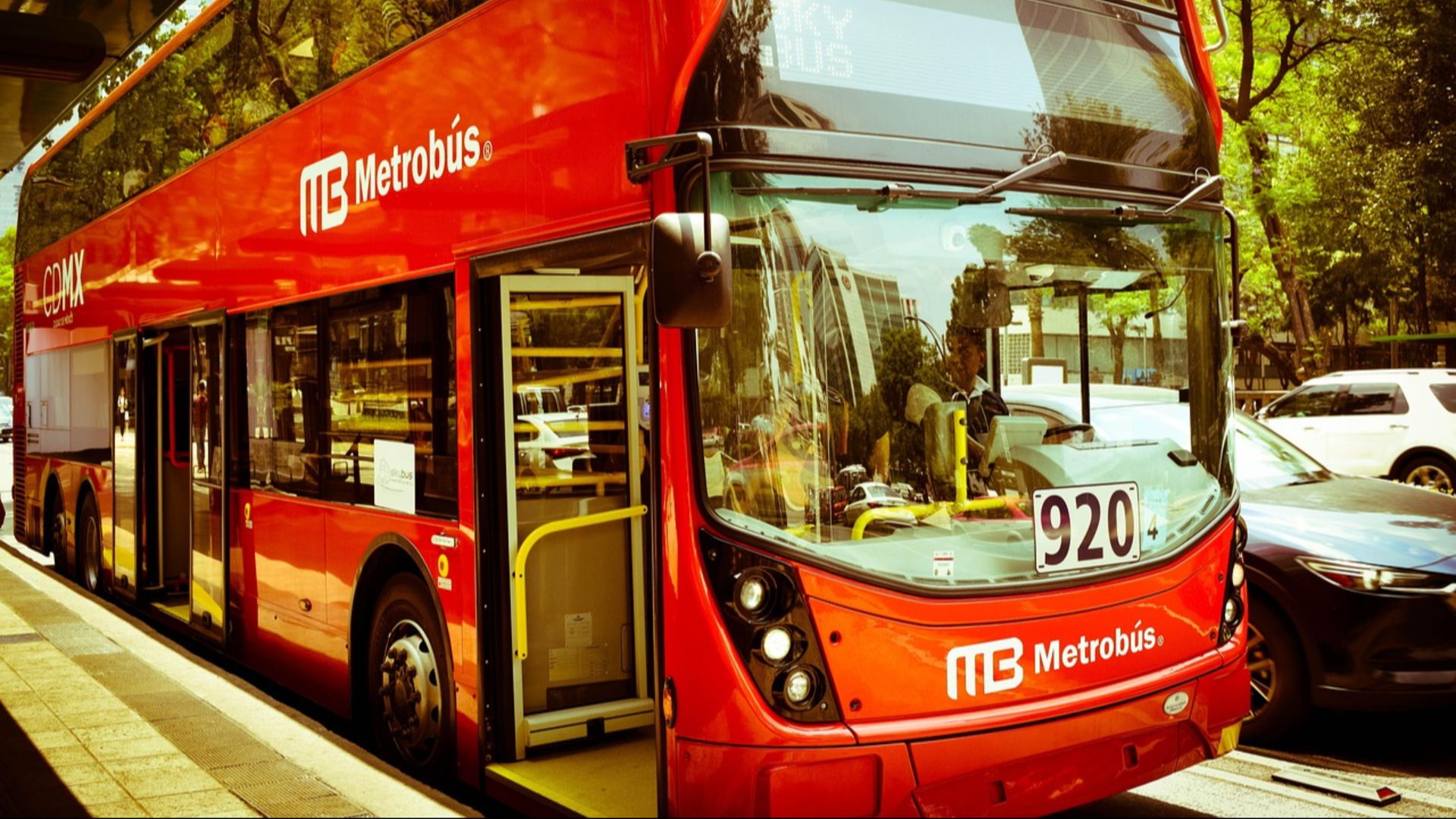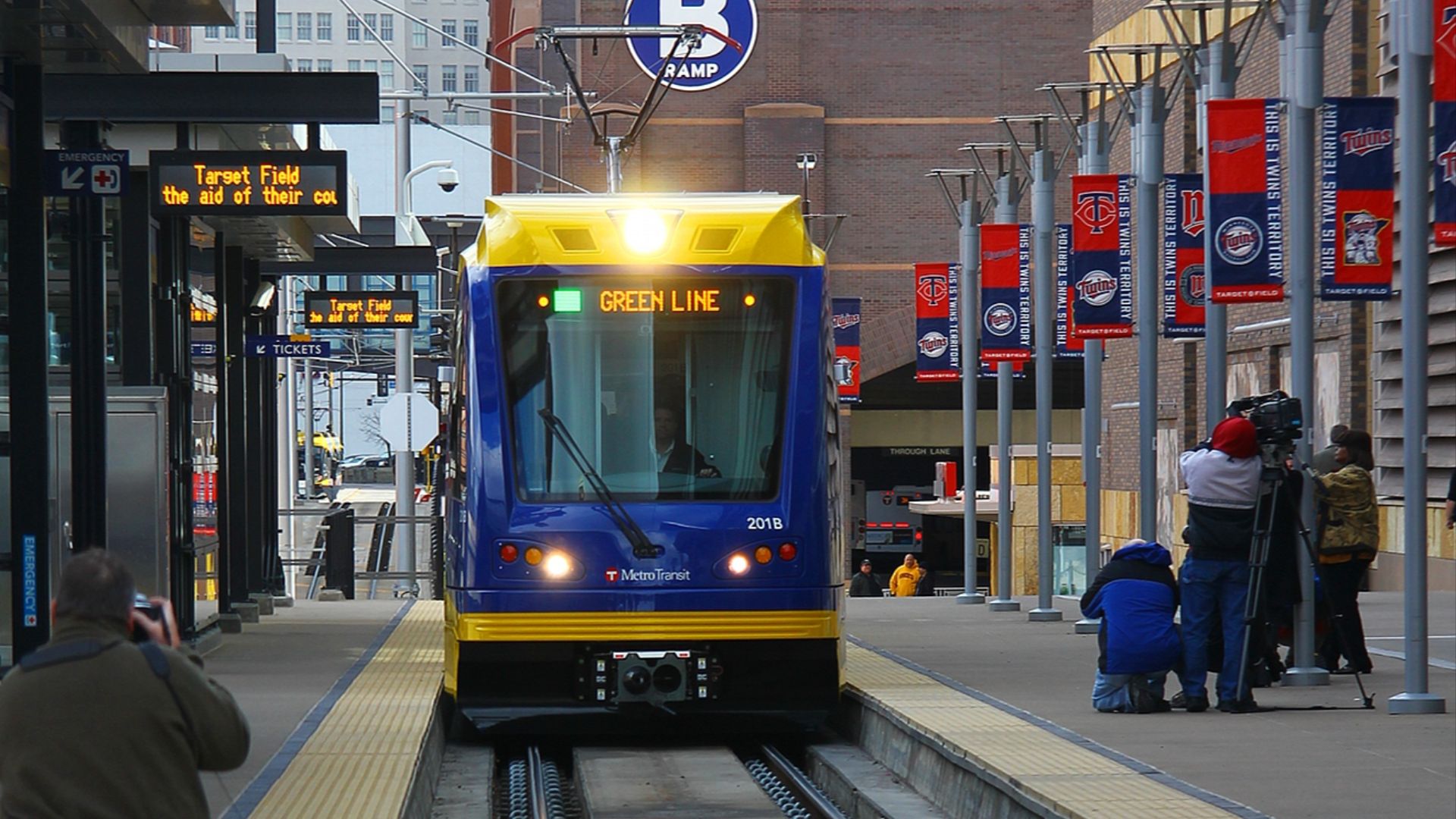Transit Truths That Say It All
Have you ever relied on public transit only to end up late and frustrated? While some states take public transportation seriously and prioritize helping people get around, others treat it like an afterthought. If you're a daily commuter or an occasional rider, it's important to know what public transit is like in the place you might consider visiting or even moving to. So let's take a deeper look at which states have the worst transit system and which have the best.
1. Alabama
It’s no wonder why Alabama is “the transit desert.” The state’s lack of investment in buses and rail means minimal service, especially outside big cities. Missed connections and long waits are the norm. For many residents, getting around without a car is nearly impossible.
2. Mississippi
Public transit in Mississippi has only a few options. Residents suffer from unreliable and often nonexistent service, especially when it comes to buses. So, if you want to cover a long distance, that depends on whether the system even shows up for work.
3. West Virginia
Public transportation is hindered by limited funding and infrastructure in West Virginia. People often face extended commute times, spending approximately 76.7% more time on public transit than on personal vehicles. Additionally, 30.9% of the state's transit vehicles have surpassed their useful life, which leads to frequent breakdowns.
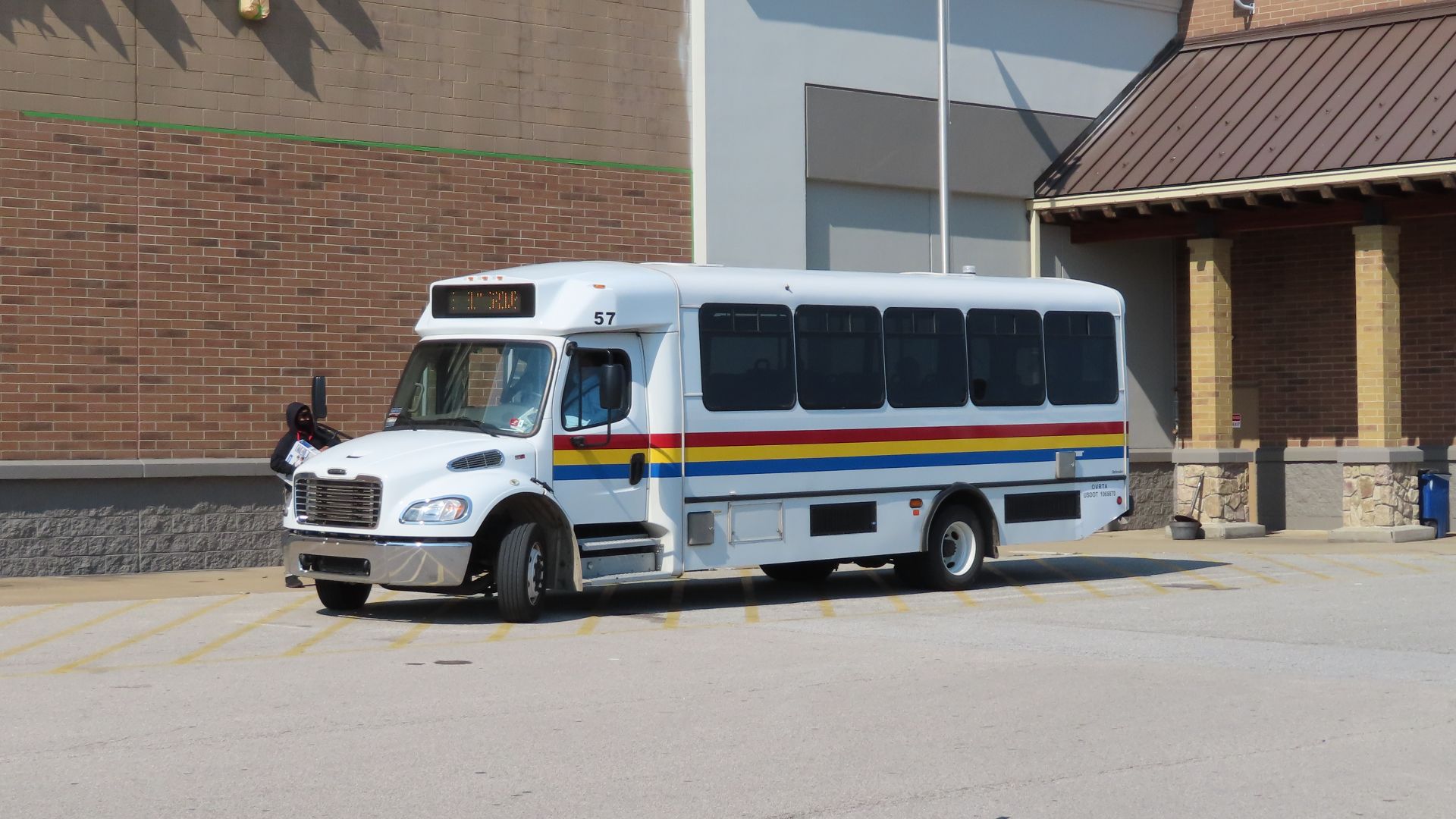 David Wilson from Oak Park, Illinois, USA on Wikimedia
David Wilson from Oak Park, Illinois, USA on Wikimedia
4. Arkansas
Arkansas' transit system is dangerous. The state recorded around 85 bus accidents and three fatalities in 2024 alone. The number is high because of poor roads, insufficient safety features, and too many grade crossings.
5. Nebraska
Yes, 82 out of 93 counties in Nebraska offer transit services. However, the problems lie in limited bus stops, poor infrastructure, and tough access for rural residents. All these issues make commuting a big challenge. If you don’t live in the right spot, you're out of luck.
6. Louisiana
Transit in Louisiana makes things worse. With poor connectivity and few options, more people are forced to drive. That’s led to a 20% jump in vehicle miles traveled since 2000. Moreover, with fewer buses, there’s more congestion. It’s a cycle of traffic that just keeps getting worse.
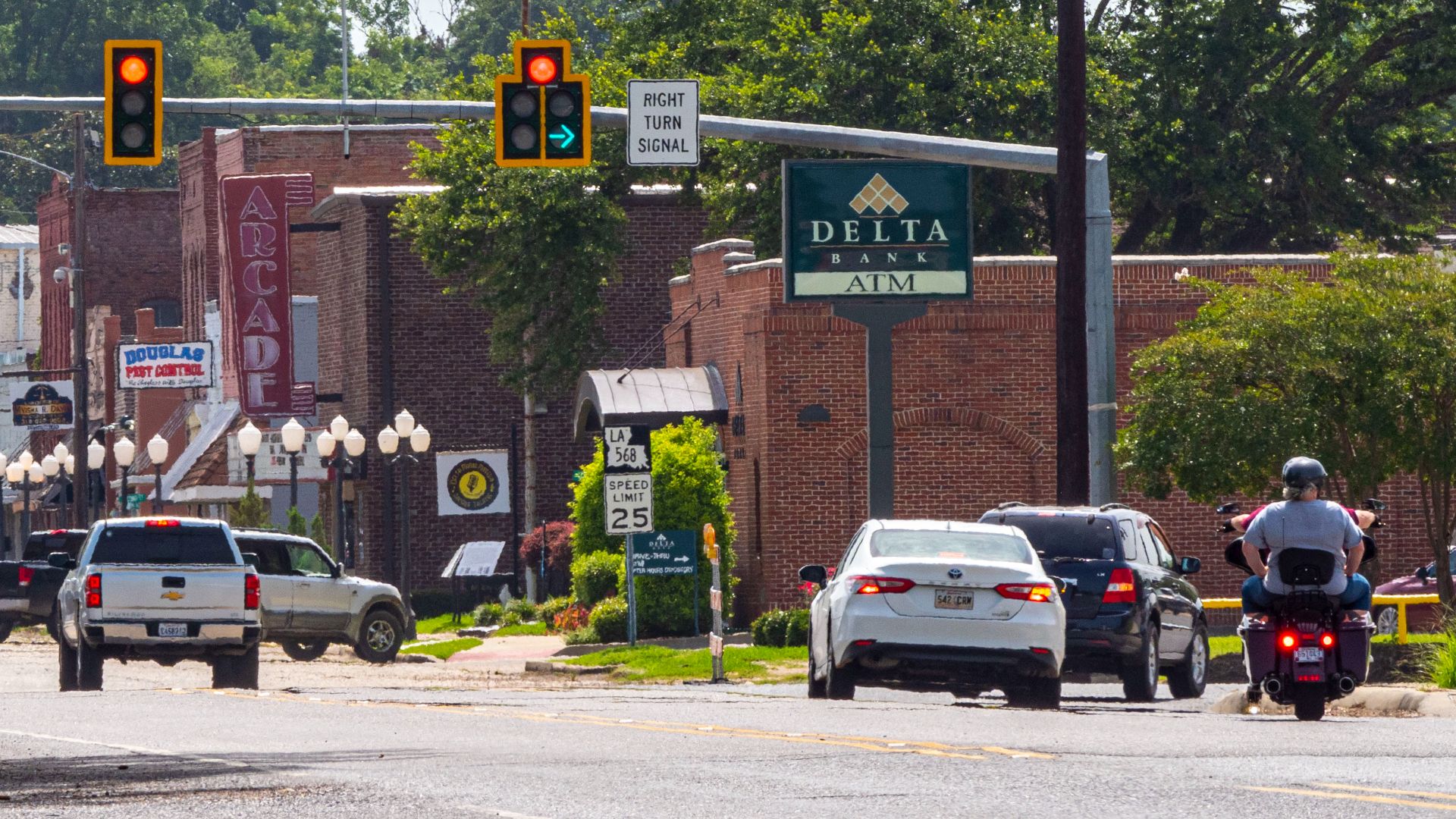 U.S. Department of Agriculture on Wikimedia
U.S. Department of Agriculture on Wikimedia
7. Arizona
Arizona ranks poorly overall in public transit, and it’s not hard to see why. Phoenix, the state’s largest city, is so spread out that making transit work is a nightmare. The worst issues are long travel times and gaps in service that make traveling without a car frustratingly difficult.
 Tony Webster from Minneapolis, Minnesota, United States on Wikimedia
Tony Webster from Minneapolis, Minnesota, United States on Wikimedia
8. Connecticut
Connecticut’s transit system is battling terrible roads. The state is ranked 14th in the nation for poor road conditions by US News. This is especially a concern for those who prefer buses. There’s talk of improvement, but for now, expect a bumpy ride—literally.
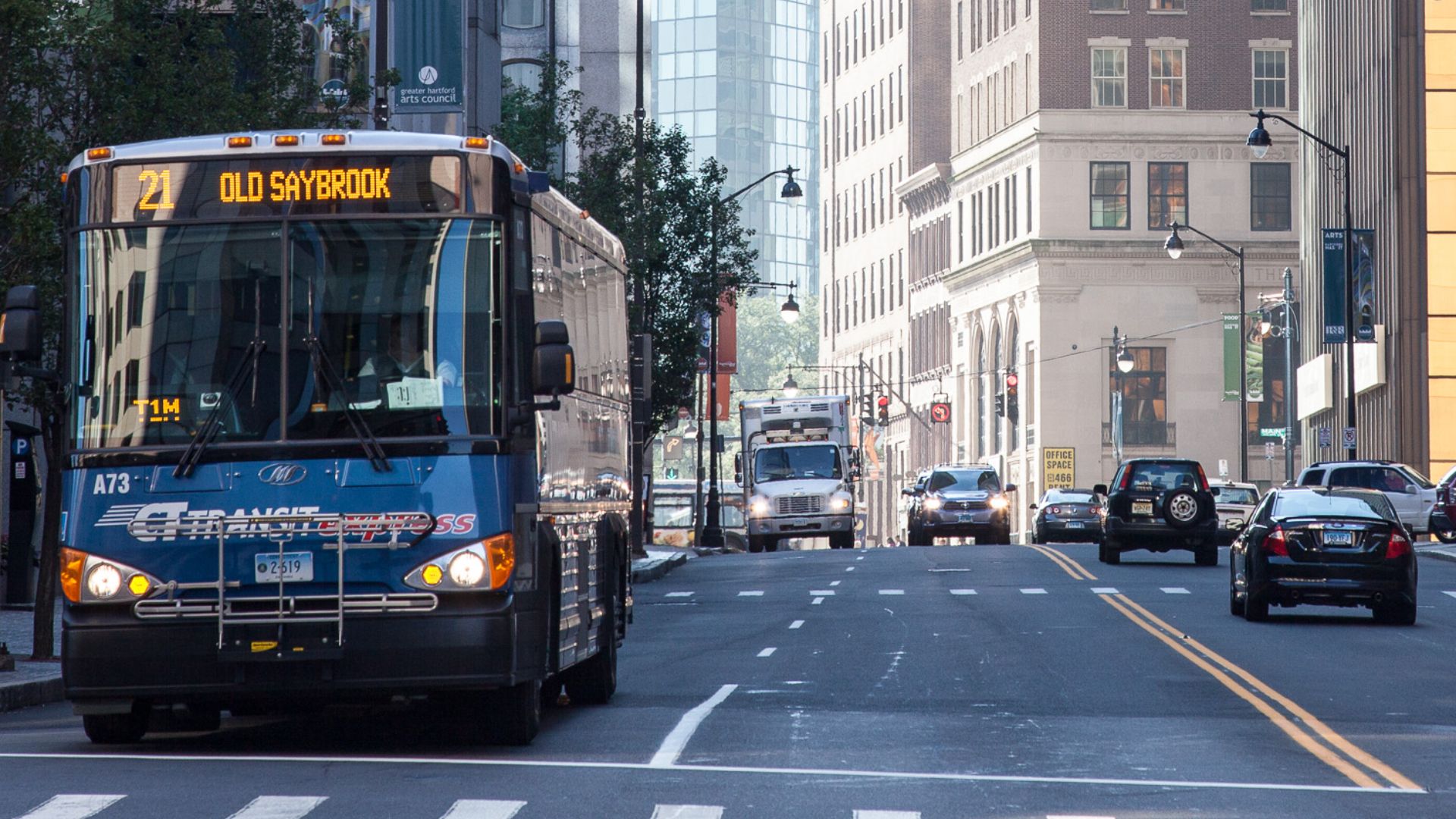 Kenneth C. Zirkel on Wikimedia
Kenneth C. Zirkel on Wikimedia
9. Wyoming
In Wyoming, there’s a vast rural area and a low population density. Still, the state has prioritized road and highway infrastructure over buses or rail. So, most residents are forced to rely on personal vehicles. While federal funding supports road safety and truck parking, there’s little investment in public transit options.
10. Texas
Public transit isn’t the only problem in Texas—freight trains are, too. The state leads the nation in blocked rail crossings, with some freight trains stretching over three miles. That means school buses, emergency vehicles, and commuters often find themselves stuck, waiting for the tracks to clear.
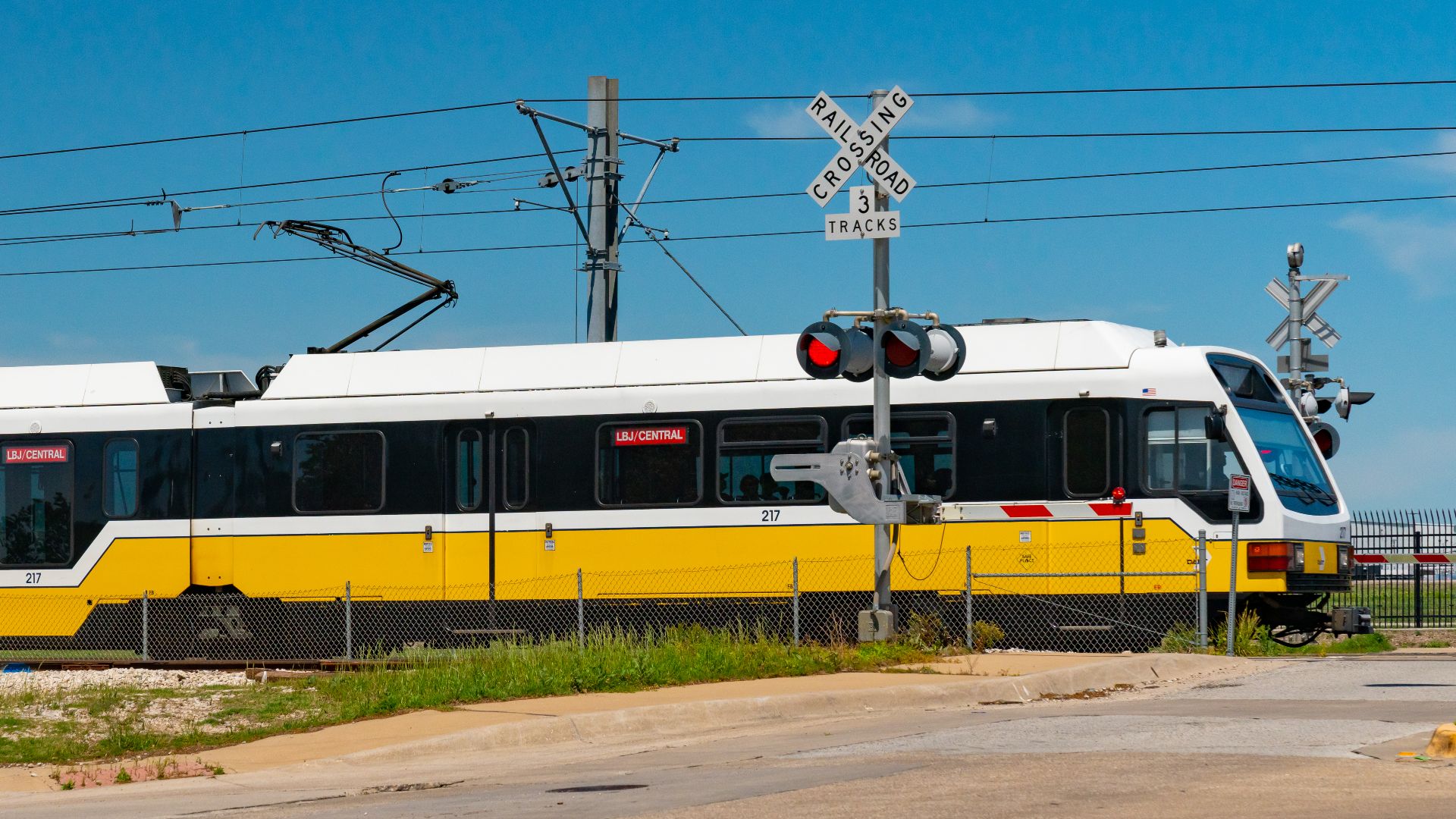 Tony Webster from Minneapolis, Minnesota, United States on Wikimedia
Tony Webster from Minneapolis, Minnesota, United States on Wikimedia
So, we’ve seen where transit falls short. Now, let’s talk about the states that show us good public transportation is a reality.
1. New York
NYC's transit system is the heavyweight champion of American public transportation, and the numbers tell the story. We're talking about 3.6 million subway riders daily across 472 stations, plus 238 bus routes that keep the city moving. The state also scored big with a $55.6 million grant in 2023 for the Kensington Expressway Project.
2. California
When it comes to variety, California's got game. BART moves about 750,000 people daily around the Bay Area, while LA's expanding its Metro Rail to tackle that famous sprawl. The state's not only moving people but keeping them safe, too. It grabbed a part of the $40 million federal safety grant in 2021 to improve its tricky railway crossings.
3. Massachusetts
Massachusetts keeps its transit system strong with the MBTA, serving over a million riders daily in Greater Boston. The state's achievements can be seen in projects like the Green Line Extension and a $400 million safety upgrade plan. Boston's transit system ranks among the top for accessibility, efficiency, and reach.
4. Illinois
Illinois has a solid public transportation system, particularly in the Chicago metropolitan area. Chicago Transit Authority (CTA) operates the 'L' train system, serving approximately 1.5 million daily riders. In 2023, the CTA ranked third among US local bus agencies.
5. New Jersey
When nearly half of Jersey City's residents ditch their cars for public transit, you know the system works. NJ Transit runs the biggest statewide system in America, connecting major cities and crossing state lines. Their smart thinking shows that when it comes to transit, bigger is actually better.
6. Washington
Washington's Metro system is the second-largest urban rail system in America, connecting 91 stations across D.C., Maryland, and Virginia. We're talking 600,000 daily rail trips, plus another 400,000 trips on Metrobus. The C-Tran up in Vancouver earned the North American Transit System of the Year title twice (2019 and 2022).
7. Oregon
In Oregon, Portland's MAX Light Rail system alone moves 120,000 riders daily across 60 miles of track. But what makes Oregon special is how the whole state does it right. Be it Salem's Cherriots bus service or Eugene's EmX rapid transit. Portland even scored a rare Platinum-level rating from the League of American Bicyclists.
8. Virginia
Between Metrorail, Metrobus, and the Virginia Railway Express, commuters have multiple choices that work well. Paul Smedberg, who was named “Outstanding Virginian” by Equality Virginia in 2010, became Metro’s board member and backed the title of “Outstanding Public Transportation Board Member” for his work.
9. Maryland
Good transit between major cities is tricky. Thankfully, Maryland is here to say otherwise. The state moves 1.1 million people daily in the Baltimore-Washington area without breaking a sweat. The MARC Train connects commuters to D.C. while local systems keep neighborhoods linked.
10. Minnesota
The Twin Cities prove that mid-sized metros can win the public transit scene. Metro Transit's mix of light rail and buses serves Minneapolis-Saint Paul seamlessly. Next, Duluth's system shows small cities can do it even better—moving 2.1 million riders yearly.


